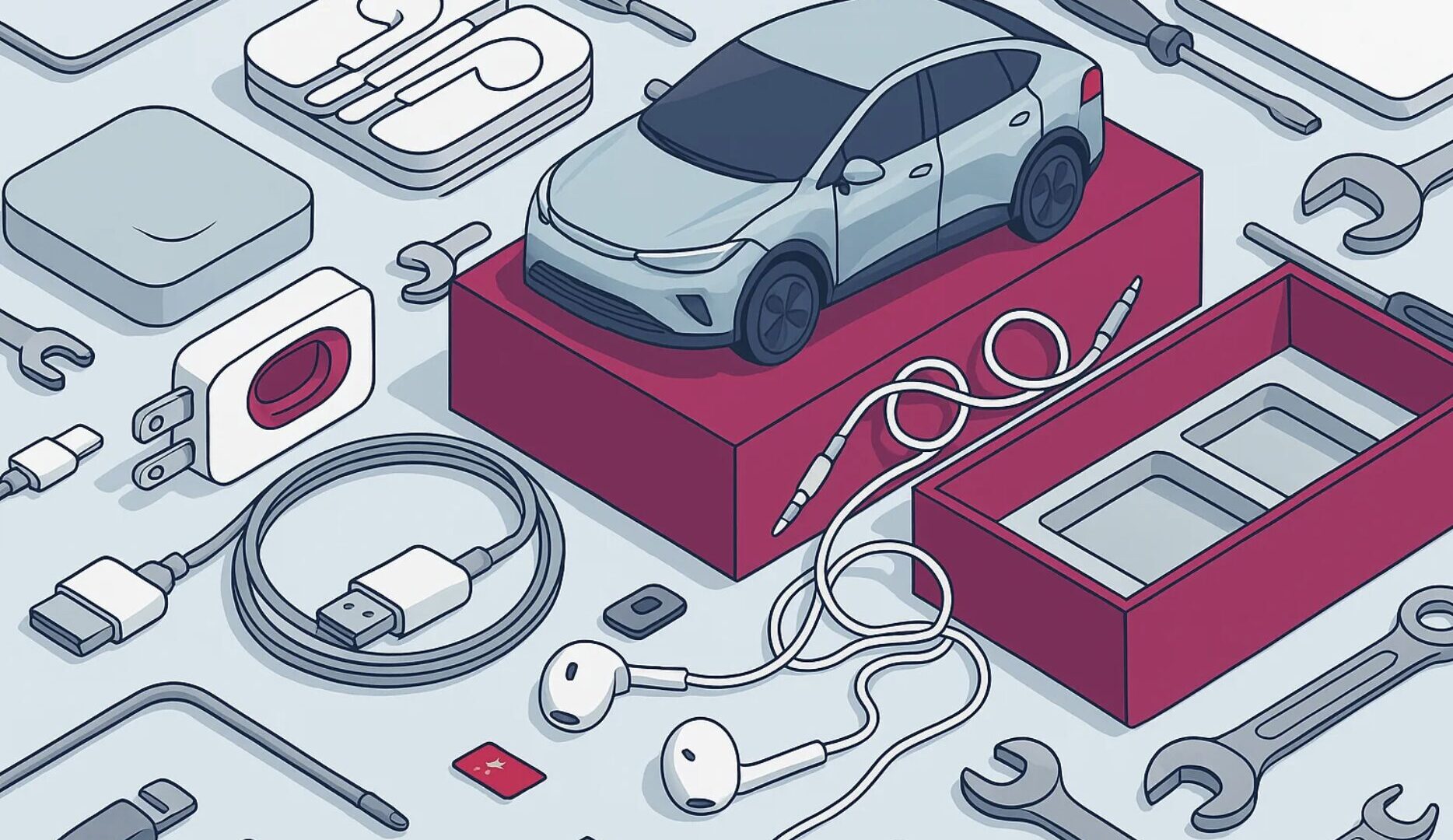
The transition to the Software Defined Vehicle (SDV) marks a profound shift for the automotive industry, moving from a hardware-centric model to a primarily software-driven approach. The vehicle is now becoming an evolving platform where key features are continuously updated, enhanced, and optimized through a centralized software architecture. This transformation offers automakers unprecedented flexibility via over-the-air (OTA) updates, continuous integration of new features, and immediate personalization of the user experience.
From an economic standpoint, the adoption of SDVs presents significant potential for automakers. Software integration can notably reduce development costs by up to 23%, while accelerating time-to-market. Furthermore, this technology enables new business models through the direct monetization of connected services and subscription-based offerings. By 2030, the value generated by SDVs could reach up to $650 billion globally.
This technological leap brings major structural changes across the entire automotive value chain, particularly in the aftermarket. According to a recent survey, 43% of experts identify intelligent diagnostics as the top priority use case for SDVs. As a direct evolution of the connected car, the Software Defined Vehicle generates significantly higher volumes of data—up to 25 GB per hour of driving—enabling more effective remote and predictive maintenance models capable of reducing unexpected breakdowns by up to 50%. While this innovation presents a major opportunity for OEMs, it also poses a risk for independent aftermarket players, whose access to vehicle data remains limited, complex, and costly.
In light of this technological context and the growing risk of OEM protectionism, the automotive aftermarket is set to undergo major transformations. Significant investments will be required—particularly in training, digital tools, and the development of innovative services—to keep pace with these changes. This could lead to a vertical specialization of certain players toward less technology-intensive services, as well as greater market consolidation around larger players seeking to pool resources and absorb rising costs.
To rebalance the power dynamics—now further tilted by the SDV and its control over onboard data—several levers must be activated without delay, including regulation, investment, training, and service deployment. Our in-depth study explores these dimensions in detail and aims to provide a comprehensive analysis of the SDV’s impact on the future of the automotive aftermarket.

